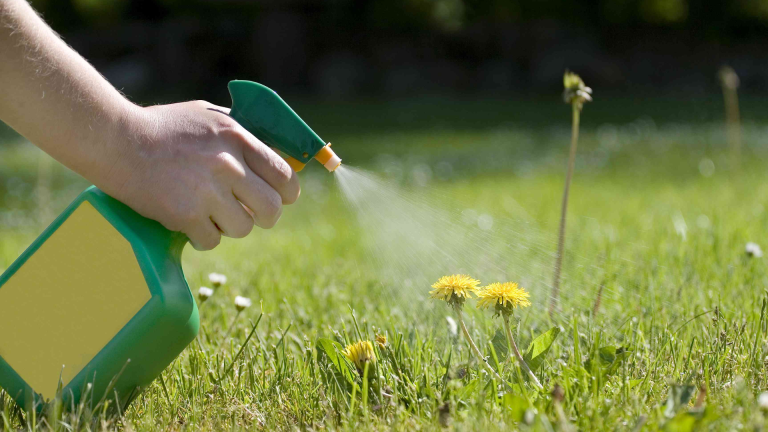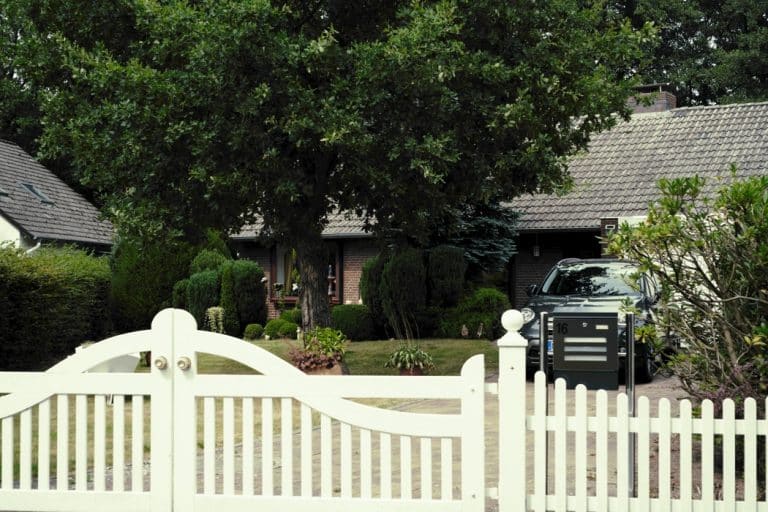Weeds are more than just ugly spots in your garden. They steal water, nutrients, and sunlight from your plants, turning your green space into a battleground. Pulling weeds by hand is time-consuming and tiring. Your back hurts, your hands get dirty, and worst of all, those pesky plants often grow back within days.
In this blog, you’ll learn:
- How different weed killers actually work
- Which types to use for specific weed problems
- When to use them for the best results
I’ve spent years testing these products in various conditions to give you trustworthy advice. No more wasted money on products that don’t work. By the end of this post, you’ll know exactly which herbicide to pick up and how to use it to keep your garden weed-free all season long.
How Do Weed Killers Work?
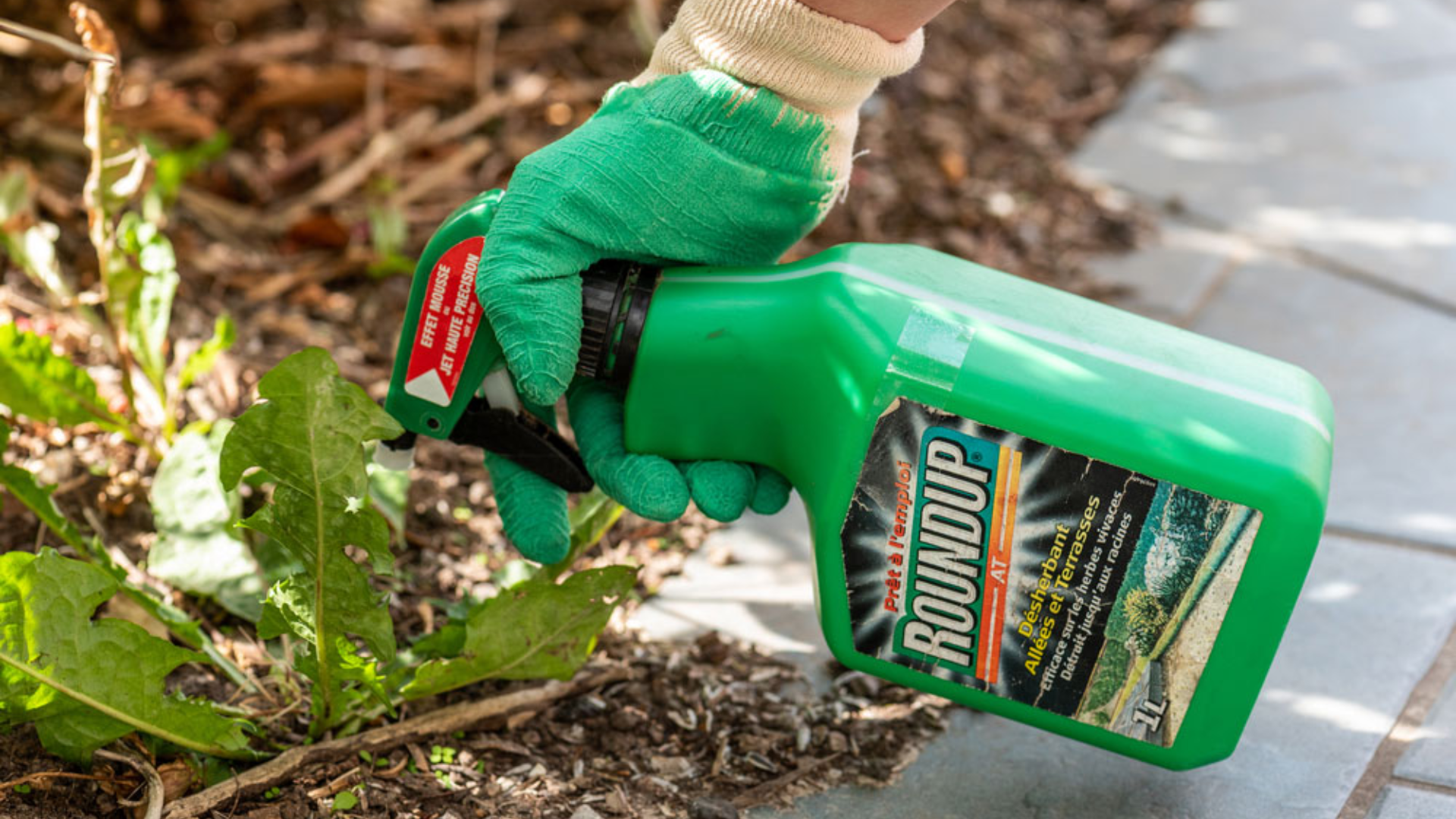
Attacking Plant Growth
Weed killers fight plants by messing with their basic life functions. Some block the way plants make food through sunlight. Others mess up how cells divide and grow. I often compare it to cutting off a plant’s food supply. Without the ability to feed itself, the plant slowly starves.
You might notice yellowing leaves first – that’s the plant running out of energy. The weed is dying from the inside out, even if you can’t see it happening right away.
Two Main Attack Methods
Contact herbicides work like a direct hit. They kill only the plant parts they touch – usually just the leaves and stems above ground. These work fast – you’ll see results in hours or days. But they might not kill the roots, which means the weed could grow back.
Systemic herbicides are more thorough. When you spray them on leaves, the plant absorbs the chemical and moves it throughout its entire system, even down to the roots. This takes longer (sometimes 1-2 weeks), but the entire plant dies, including parts underground.
The Time Factor
Some weeds die quicker than others because of their structure. Annual weeds with small, thin leaves absorb herbicides faster and die quickly. They have simple root systems that are easy to kill. Perennial weeds with thick, waxy leaves might repel some of the spray.
They also store energy in deep roots, which helps them survive longer. I’ve seen tough weeds like dandelions take multiple treatments because they have a long taproot that stores extra energy. Your patience matters when dealing with stubborn weeds.
What Is a Herbicide?
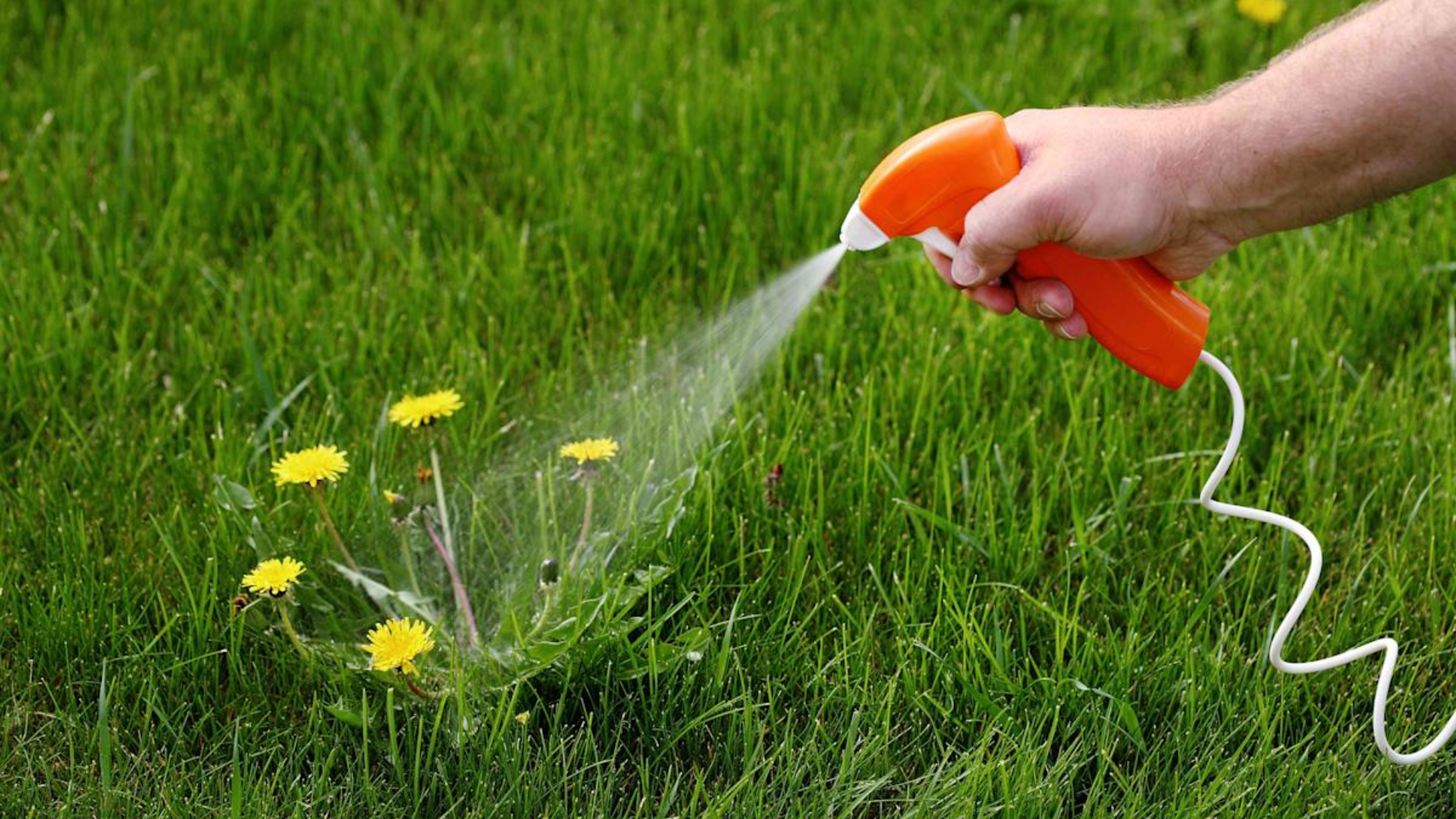
A herbicide is simply a substance that kills plants, specifically, the plants you don’t want. Think of it as a targeted cleaning product, but for your garden instead of your kitchen. I like to explain it this way: if fertilizer helps plants grow, herbicides do the opposite.
Farmers have battled weeds for thousands of years. In ancient times, they used salt or ash to kill unwanted plants. Modern herbicides only appeared in the 1940s when scientists created chemicals specifically designed to target weeds.
Today, you have two main options: Chemical herbicides come from labs and contain specific compounds made to disrupt plant growth. They work quickly and last longer.
Natural herbicides use substances found in nature, like vinegar, salt, or soap. These are milder but often need more applications. The choice between them depends on your specific needs. Do you want fast results? Or do you prefer gentler methods?
Many gardeners I know use both types depending on the situation. What matters most is picking the right tool for your specific weed problem.
Different Types of Herbicides
Herbicides help control unwanted plants that might compete with your plants and trees. Understanding the various types can help you choose the right one for your needs.
Timing Makes All the Difference
Herbicides work based on when you apply them in relation to weed growth. The two main timing categories serve completely different purposes. Pre-emergent herbicides work like a shield on your soil. I apply these before weeds start growing. They form a barrier that stops seeds from turning into seedlings.
You won’t see immediate results with pre-emergents because they’re preventing something that hasn’t happened yet. The magic happens underground, where weed seeds try to sprout but can’t develop roots.
For best results, apply pre-emergents early in the growing season. I put mine down in early spring before soil temperatures warm up enough for weed seeds to start growing.
Dealing with Existing Problems
Post-emergent herbicides tackle weeds you can already see. These are the problem-solvers for when weeds have already appeared in your garden or lawn. You spray these directly on growing weeds. The plants absorb the chemical through their leaves, stems, or roots.
I find that post-emergents work best when weeds are young and actively growing. Mature weeds with established root systems take longer to kill and might need multiple treatments.
Timing tip: Apply post-emergents on a calm, dry day when rain isn’t expected for at least 24 hours.
Choosing Your Targets Wisely
Some herbicides kill almost any plant they touch, while others are more selective about their targets. Selective herbicides target specific plant types while leaving others unharmed. For example, some kill broadleaf weeds but won’t hurt grass. These are perfect for lawns where you want to keep the grass but get rid of dandelions.
Non-selective herbicides kill most plants they contact. I use these in places like driveway cracks or fence lines where I don’t want anything growing at all.
Always check the label to make sure you’re using the right type. Using a non-selective herbicide on your lawn would be a costly mistake that could kill your grass, too!
How to Use Weed Killers Safely and Effectively?
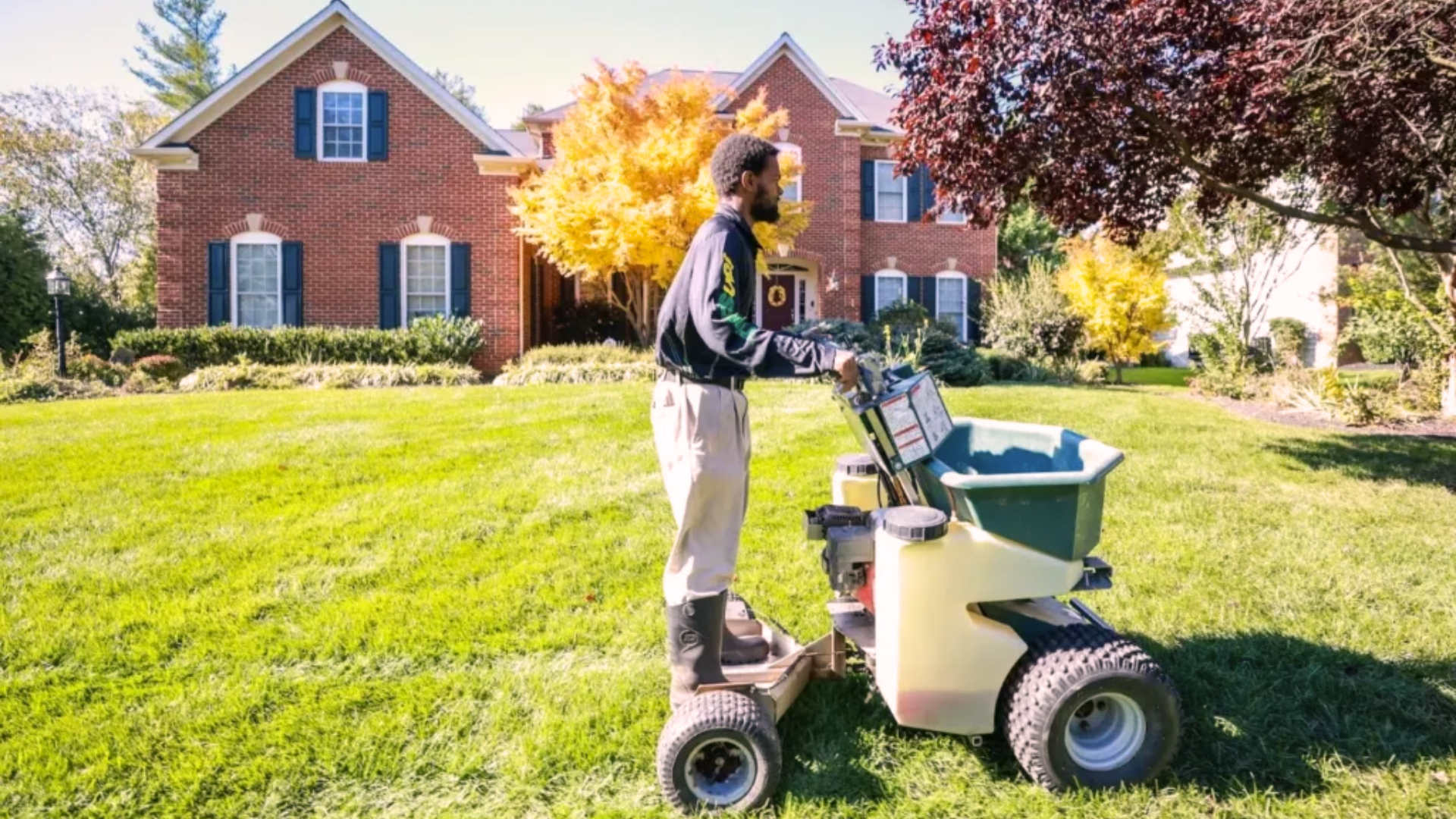
1. Perfect Timing
The best time to apply weed killers is early morning or late afternoon. I avoid spraying during the hottest part of the day because the product can evaporate before it does its job.
Most herbicides work best when temperatures are between 60-85°F. Too cold, and the weeds aren’t actively growing. Too hot, and the spray might damage nearby plants.
Season matters too. Spring is ideal for most treatments when weeds are young and actively growing. Fall works well for perennial weeds because they’re storing energy in their roots for winter.
You’ll get much better results by paying attention to these timing details. I learned this the hard way after wasting money on products applied at the wrong time.
2. Application Techniques
Less is often more with herbicides. You don’t need to drench weeds until they’re dripping wet. A light, even coating on the leaves is usually enough. I always read the label for the correct mixing ratio.
Using too much doesn’t kill weeds faster – it wastes product and can harm the environment. Consider using a sprayer with a shield or cone attachment when working near valuable plants.
This blocks overspray and helps you target just the weeds. Apply on still days with no wind to prevent drift. Even a light breeze can carry spray onto good plants or your neighbor’s property.
3. Safety Measures
Always wear gloves when handling herbicides. I also recommend long sleeves, long pants, and closed-toe shoes to prevent skin contact. Keep children and pets away from treated areas until the spray has completely dried – usually about 24 hours.
Some products may require longer waiting periods, so check the label. Store all products in their original containers, out of reach of children and pets. Never transfer herbicides to food or beverage containers.
If you’re treating weeds near edible plants, check the label for how long to wait before harvesting. Some herbicides require several days or even weeks before it’s safe to eat the produce.
4. Weather Factors
Rain can wash away herbicide before it has time to work. I always check the forecast and make sure no rain is expected for at least 24-48 hours after application.
Wind causes spray drift that can damage desirable plants. Even a gentle breeze can carry tiny droplets surprisingly far. Temperature affects how quickly the product works.
Most herbicides work best when temperatures stay between 60-85°F for several days after application. Humidity plays a role, too. High humidity slows evaporation, giving the herbicide more time to absorb into the plant.
Are There Natural Options?
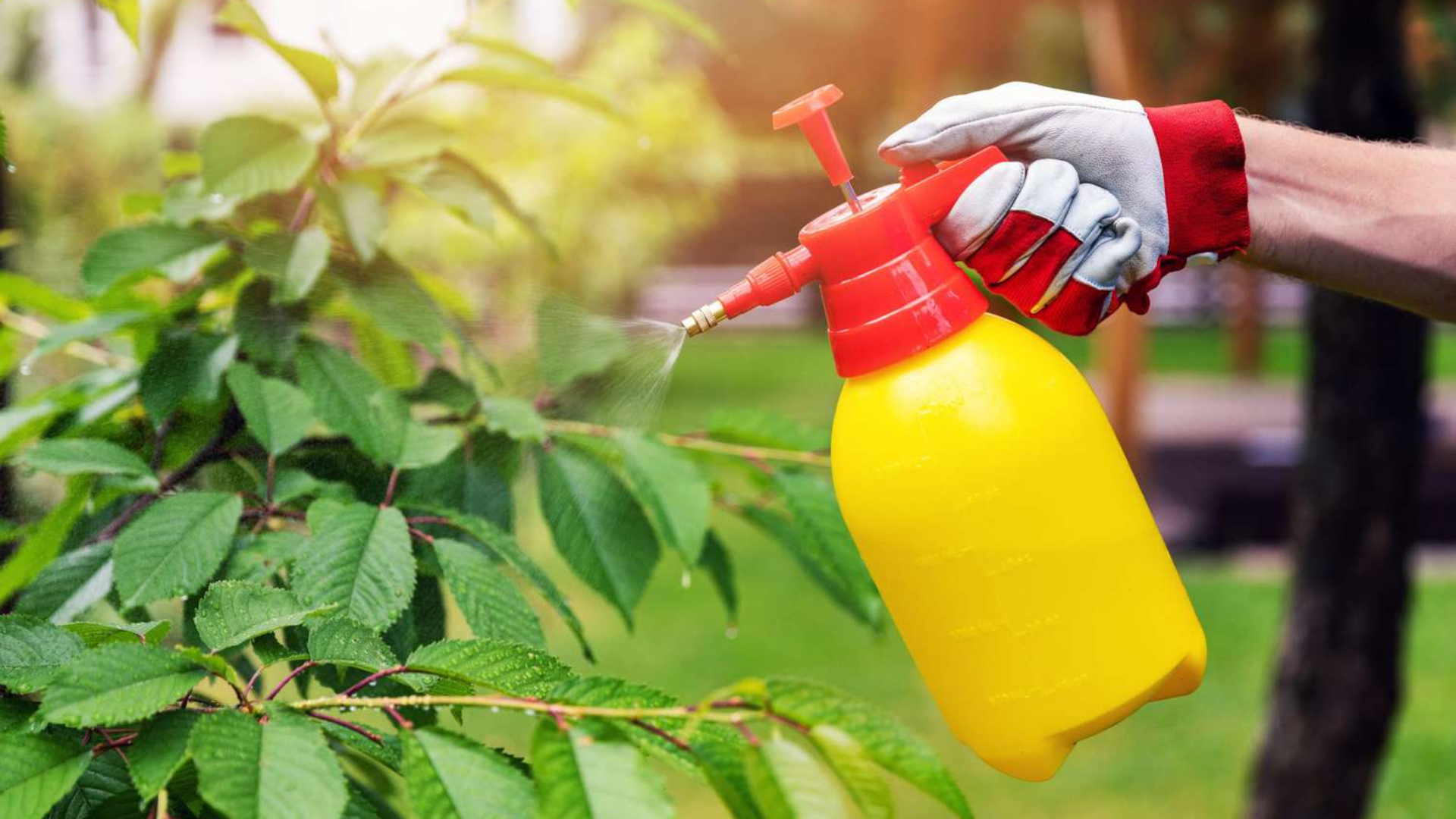
The Good and Not-So-Good News
Natural weed killers provide an alternative to synthetic chemicals for controlling unwanted plants. These options are typically made from common household items or plant-based ingredients. They break down quickly in the environment and pose fewer risks to wildlife, pets, and water sources.
But there’s a catch. Natural solutions usually work only on young, small weeds. They also tend to kill just the top growth while leaving roots intact, meaning weeds often return. You’ll need to apply natural options more frequently than chemical herbicides. This requires more time and effort, but many gardeners believe the trade-off is worthwhile.
When to Choose Natural Control
Natural weed control works best in specific situations. I’ve had good success using them in vegetable gardens, small flower beds, and patio cracks. They fall short when tackling large areas like lawns or fighting tough perennial weeds with established root systems.
For my driveway with stubborn weeds, natural options barely made a dent. Temperature and sunlight can boost natural herbicide effectiveness. Apply on hot, sunny days when the heat will help dry out and kill the treated weeds.
Try These Kitchen Remedies
Vinegar solution is my go-to natural option. Mix 1 gallon of white vinegar with 1 cup of table salt and 1 tablespoon of dish soap. The vinegar burns the leaves, salt dehydrates the plant, and soap helps everything stick to the weed. Boiling water is the simplest method of all.
I boil a kettle of water and pour it directly onto weeds growing in sidewalk cracks or gravel areas. Salt can be effective, but use it carefully. I never use salt in garden beds since it can make the soil infertile for years. It’s best for places where you don’t want anything to grow, like between patio stones.
Conclusion
Picking the right weed killer comes down to matching your specific problem with the correct solution. I’ve seen too many gardeners waste time and money using the wrong product for their situation.
Start by identifying your weeds and understanding their growth patterns. Then choose a herbicide that targets those specific plants.
Remember that weed control isn’t a one-time task. Consistency wins the battle. You might need to apply treatments several times throughout the growing season. Be patient. Some herbicides work in hours, while others take weeks to show results.
Your efforts will pay off with a yard that needs less maintenance and looks better. Fewer weeds mean healthier grass and garden plants that get more water, nutrients, and sunlight.
The perfect yard isn’t weed-free – it’s one where you spend more time enjoying your space and less time fighting unwanted plants.


